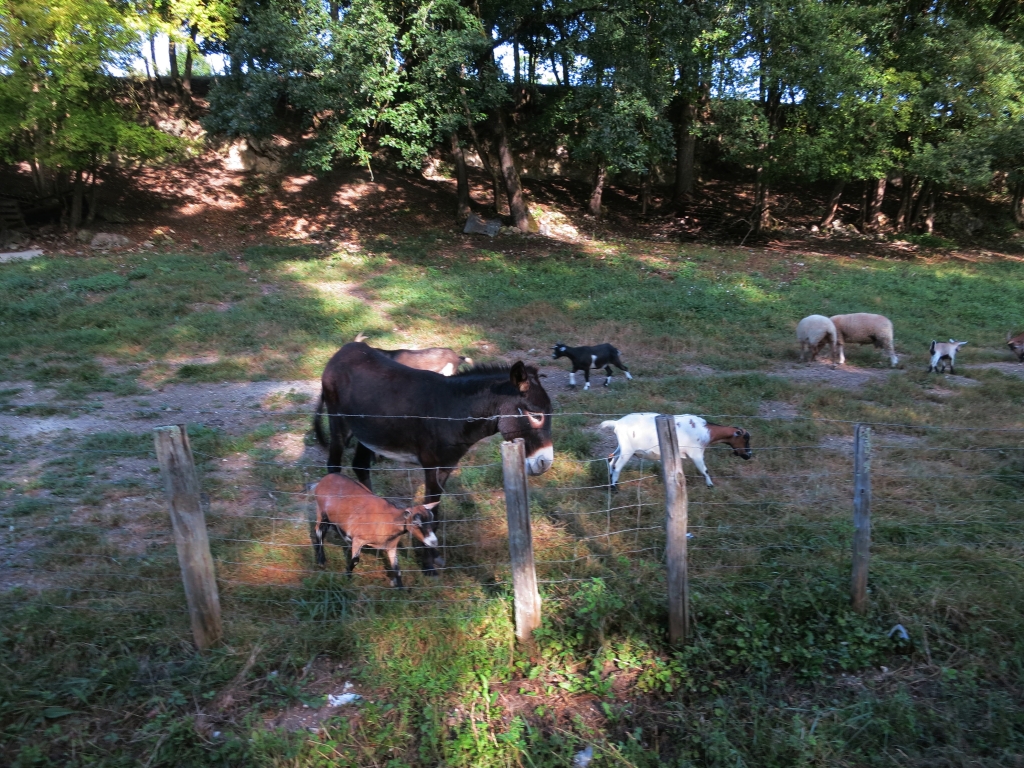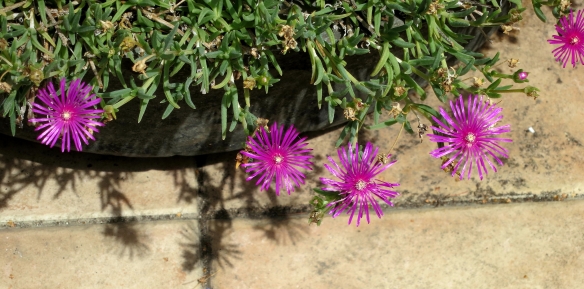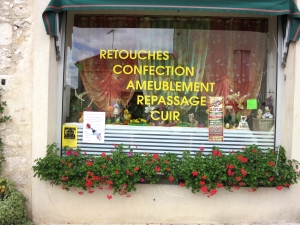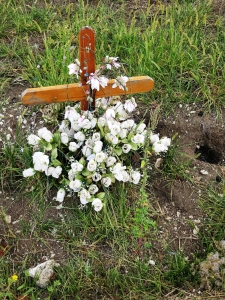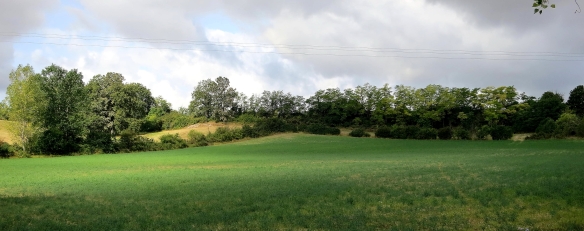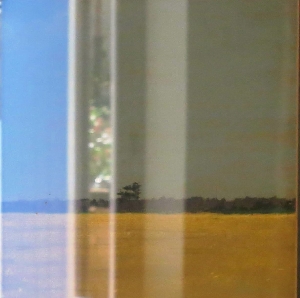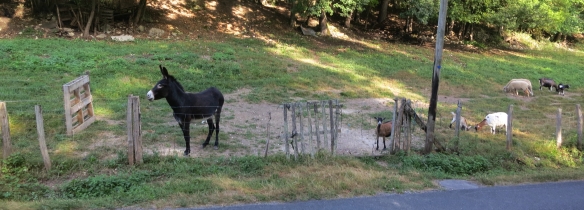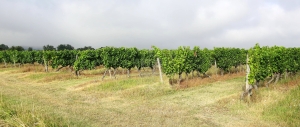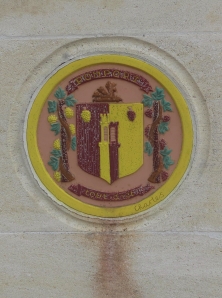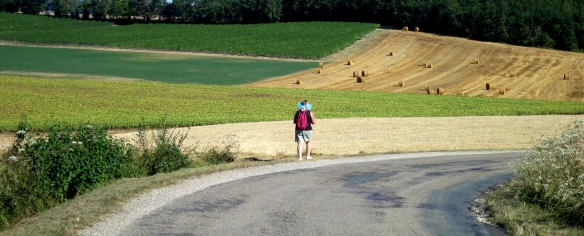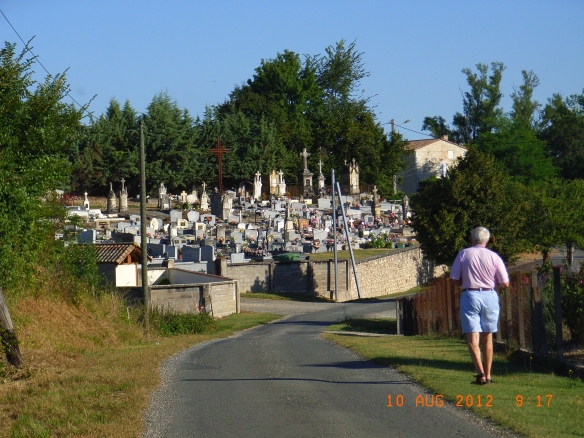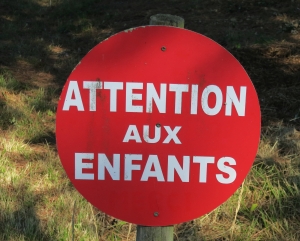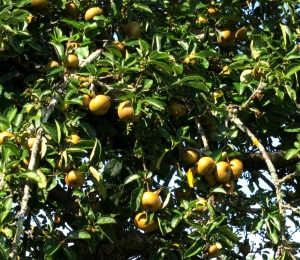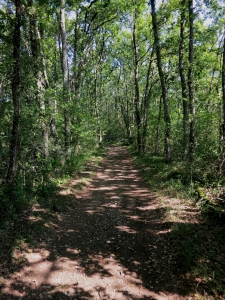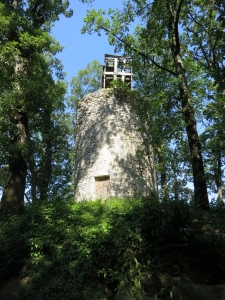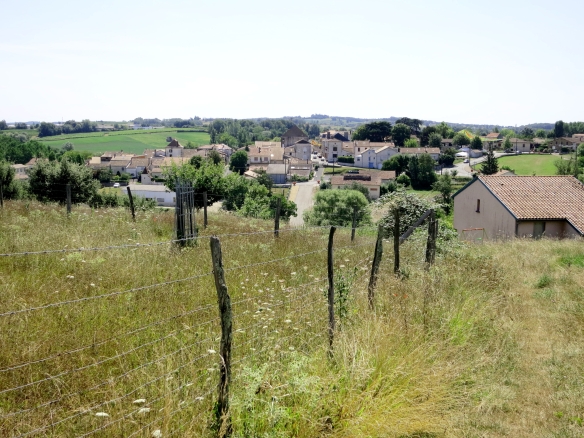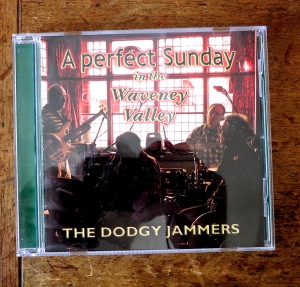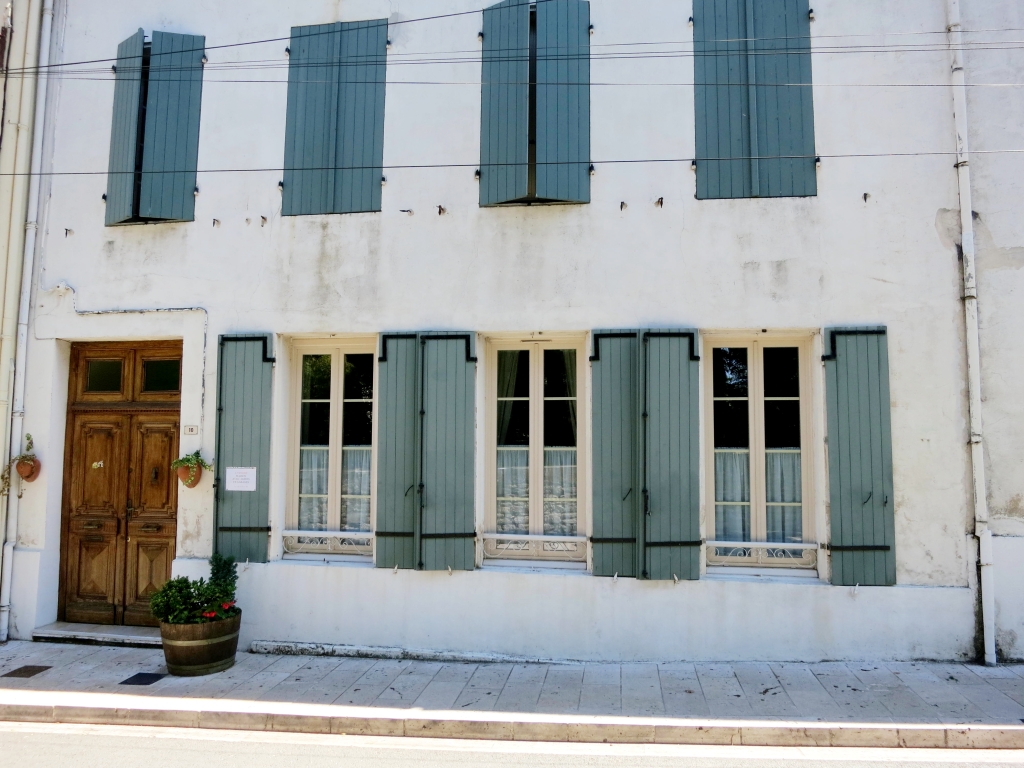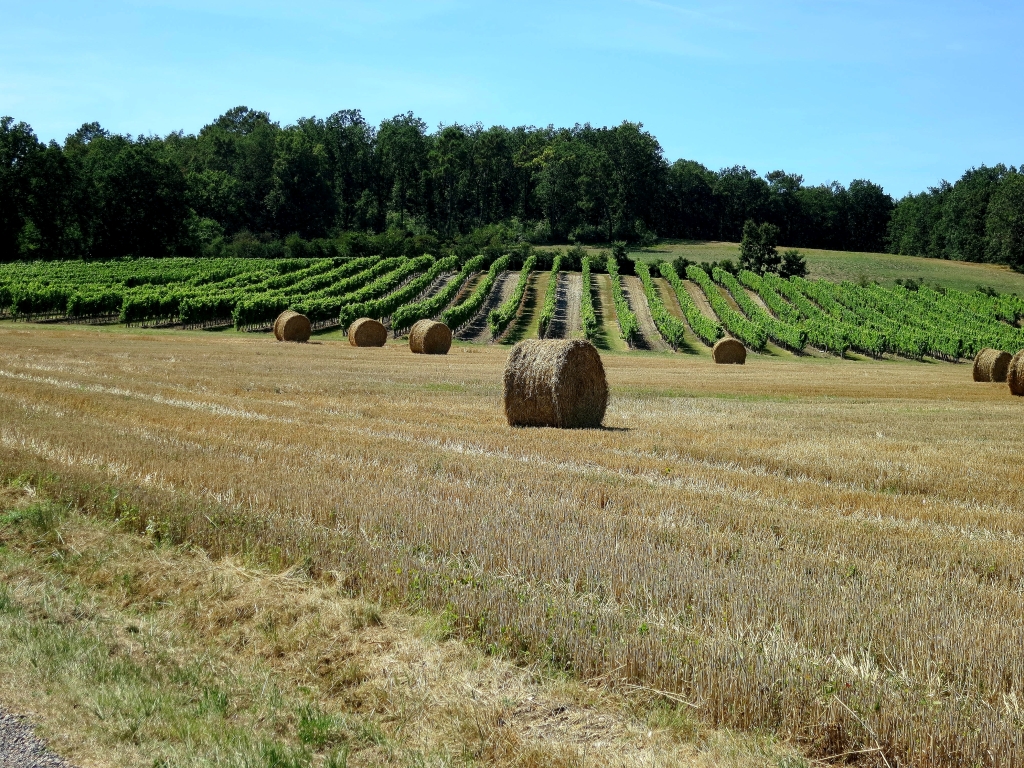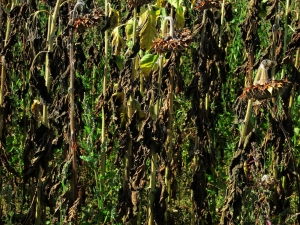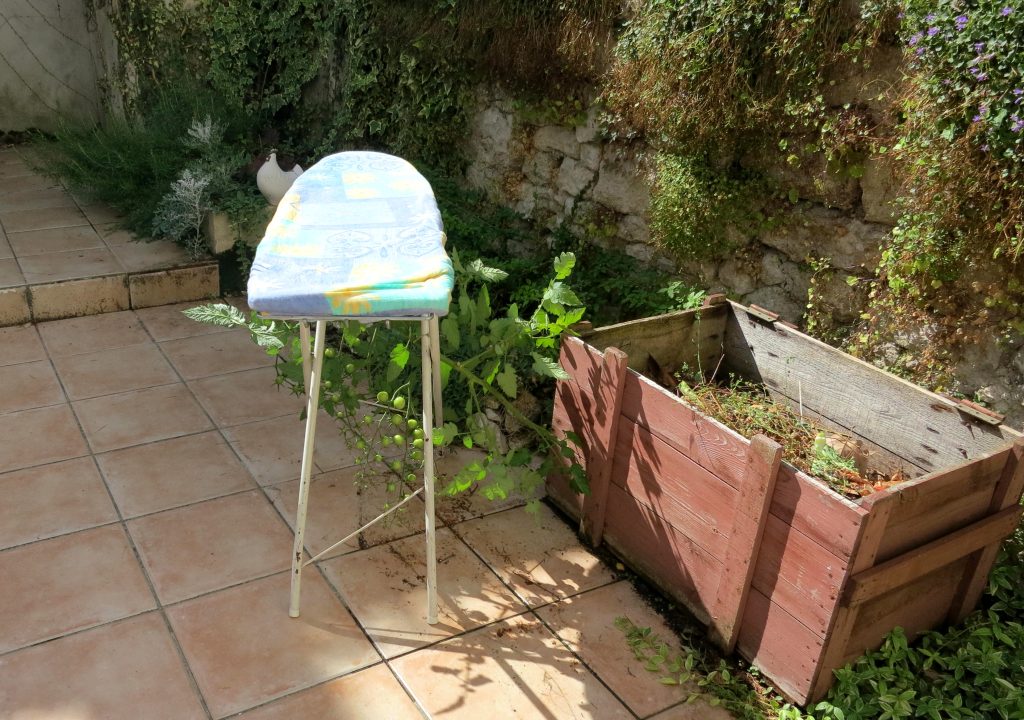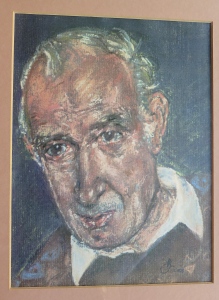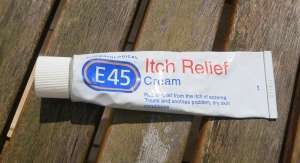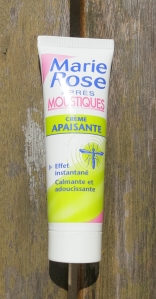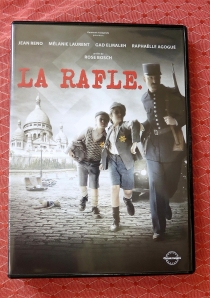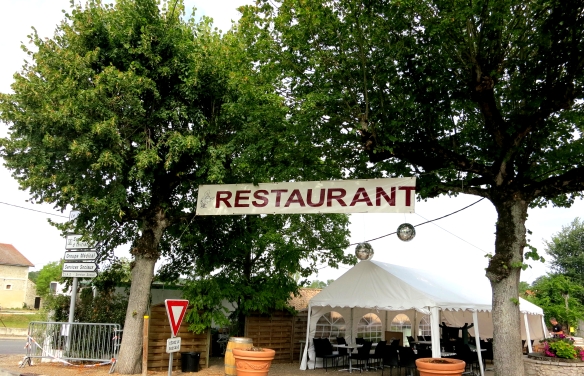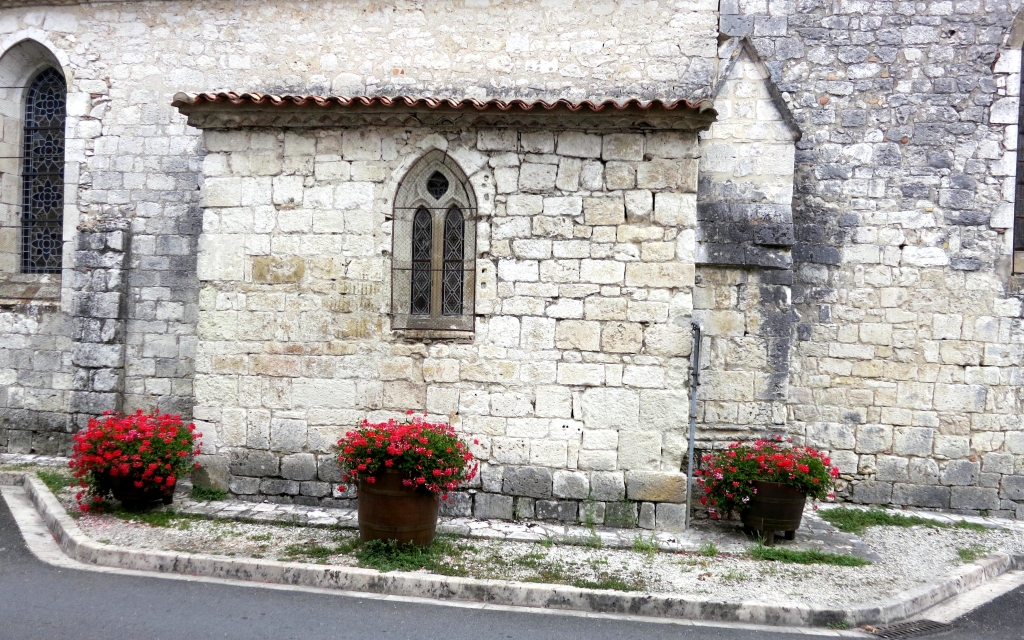Today was what David calls ‘the big tidy up day’, so there was no walkabout.
This morning I finished Dennis Wheatley’s ‘Vendetta in Spain’. With a good grasp of history and a fine attention to detail, Wheatley tells a rollicking good story. Set in the first decade of the twentieth century, this novel was, even when published in 1961, described as historical. This got me reflecting on what is history? For a child of the last century, born in 1942, it was initially strange to think of this book as such. When Louisa, born in 1982, once asked me who Winston Churchill was, I was quite surprised. Then I considered my own ignorance about the First World War; my lack of knowledge of the ministers and personalities involved. I was even vague about Douglas Haig. and I had been born far closer to that event than she had to the second conflagration. Then, I remember Churchill’s funeral. How we experience time changes as we age. When I write of the ’70s, ’80s, and ’90s, it seems like yesterday, yet must be remote history to my grandchildren. As the days go by, I feel I have all the time in the world, yet the reality is that mine are numbered. Six months in a child’s life seems an age. To a septuagenarian it is nothing.
My house in Sigoules was built in the eighteenth century, from solid stone. Exposed beams are from barges which struggled down the Dordogne loaded with produce. Since they could not be taken back up the raging torrents, the vessels were broken up and used for building. I understand the crews then walked back to their starting points and began again with newly built craft. Now enormous refrigerated vehicles bring regular fresh produce to Carrefour and Le Code Bar. I can fly to Bergerac from Southampton in the same length of time as it took me to commute from Newark to Kings Cross.
I received a call later from James Bennet of Azzurri. Azzurri is a company to which O2 allocated my mobile phone management about three years ago now. They apparently ‘manage’ mobile phone accounts. The first I heard of this was a letter from Azzurri, sporting the O2 logo, telling me I would be hearing from one of their representatives. As long as I have been a mobile phone user I have had an O2 business account. I only ever had one previous problem. Oh, yes, the Azzurri intervention was a problem. The earlier one was my discovery from my bank statements that the cost of my mobile phone had rocketed during the last two months. On closer inspection, and after telephoning O2, it transpired that for nine months I had been paying for two mobile phones. One wasn’t mine. Because the first seven amounts had been virtually identical to mine, I had not noticed that there were two entries each month. Obviously the lucky person who hadn’t been being billed got greedy. In fairness, O2 immediately put that right and gave me a refund.
Back to James Bennet and Azzurri. As I needed to be able to send e-mails from France I actually welcomed the initial approach.  I was informed that I needed a Blackberry with which I would be able to do this. I have no problem with that. I can. Now. The phone was quickly supplied and the contract signed. Mr. Bennet then seemed to be less communicative. Which was a pity, since I could not access my e-mail account. Neither could I get anything from Azzurri but voicemail messages. I inundated my personal account ‘manager’ with texts, voice- and e-mails. He almost never responded. I made several visits to O2 outlets in London, each taking upwards of an hour of time. Every single, initially confident, O2 consultant failed either to contact Azzurri or to access the account. Not one of them had heard of Azzurri. I always had to provide the contact number. Eventually we were told that Mr. Bennet had not passed the relevant information to the necessary department. At last I gained a promise from him that it would be done within two days. It wasn’t. And his voicemail message had changed. He had gone on holiday and would not be back until I was in France. I managed to reach someone else. He made, and failed to keep, the same promise. Finally, I spoke myself with technicians who were able to solve the problem over the telephone. I can’t remember whether they were in O2 or Azzurri departments. But does it matter? All the information is at home in England.
I was informed that I needed a Blackberry with which I would be able to do this. I have no problem with that. I can. Now. The phone was quickly supplied and the contract signed. Mr. Bennet then seemed to be less communicative. Which was a pity, since I could not access my e-mail account. Neither could I get anything from Azzurri but voicemail messages. I inundated my personal account ‘manager’ with texts, voice- and e-mails. He almost never responded. I made several visits to O2 outlets in London, each taking upwards of an hour of time. Every single, initially confident, O2 consultant failed either to contact Azzurri or to access the account. Not one of them had heard of Azzurri. I always had to provide the contact number. Eventually we were told that Mr. Bennet had not passed the relevant information to the necessary department. At last I gained a promise from him that it would be done within two days. It wasn’t. And his voicemail message had changed. He had gone on holiday and would not be back until I was in France. I managed to reach someone else. He made, and failed to keep, the same promise. Finally, I spoke myself with technicians who were able to solve the problem over the telephone. I can’t remember whether they were in O2 or Azzurri departments. But does it matter? All the information is at home in England.
There followed extensive letters, mostly unanswered, and phone calls to O2 Customer Relations department. When I finally spoke to the manager she informed me that I was bound to Azzurri for two years. You can imagine my response to that. Eventually she agreed to release me from Azzurri. Coincidentally, I received a box of chocolates from O2. One had been sent to each ‘valued customer’ of ten years or more. When I politely suggested that didn’t really fit the bill, she proudly told me it had been her idea. I think she realised I wasn’t impressed. Furthermore, to compensate me for my trouble, I would receive a list of events at the O2 Arena. I could choose any performance for which I would be given two tickets. The list never arrived.
Maybe I had been freed from Azzurri. But if anyone told them, they ignored it. A year ago I received a phone call from a poor chap who had been given the task by Azzurri of contacting all customers to see how satisfied they were with the service. I told him. I finished by saying it wasn’t his fault. Just his bad luck. Now James Bennet calls me. As I can only get a signal on the loo seat upstairs, I did not reach the phone in time and had to listen to a voicemail message from him. ‘It is a little while since we spoke’ and there are possibitilities of a new tariff and a new handset. I calmly walked up to the village square where I can be reasonably sure of an uninterrupted signal. Of course I got his answerphone. I left a fairly firm message. Well, it was firm, and fair. He responded with an e-mail to which, as I had said, I will not reply. I had asked him not to contact me again.
The Code Bar pizza, a quarter carafe of red wine, and chocolate surprise pudding finished the day nicely.
